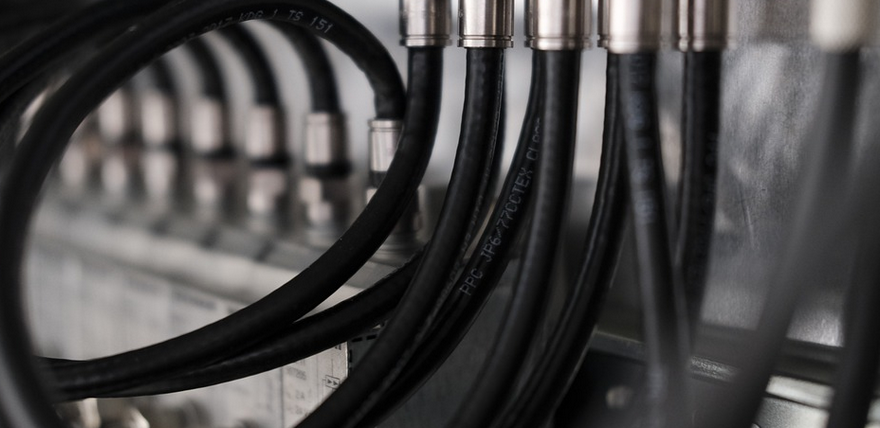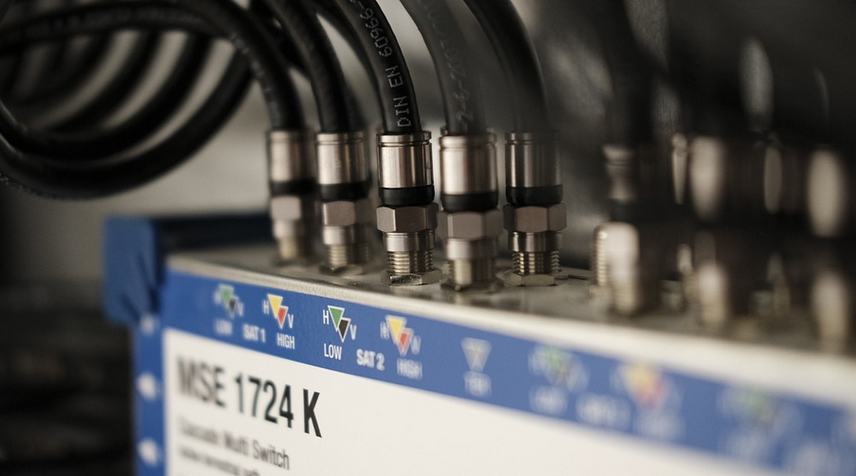Understanding the Importance of Checking Your Jeep’s Transmission Fluid
We all love the thrill and excitement of driving our Jeeps, but sometimes, it requires a little bit of TLC (tender loving care) to keep them running smoothly. And one crucial aspect of this care is regularly checking the transmission fluid.
Your Jeep’s transmission is a complex machine that helps seamlessly shift gears, enabling you to cruise comfortably and confidently on any terrain. Its smooth operation is vital for your driving experience and safety. While it might not be as glamorous as cleaning your rims or tuning up your engine, regular transmission fluid checks are essential for long-term ownership and performance.
Why Is Transmission Fluid So Important?
Transmission fluid acts as the lifeblood of your Jeep’s gearbox. It lubricates moving parts, cools the entire system, and prevents excessive wear and tear. This ensures smooth gear shifting, minimizes friction between gears, and prevents costly repairs down the line.
The transmission fluid also plays a critical role in transferring power from the engine to the wheels. Without it, your Jeep’s gears would grind against each other, resulting in jerky shifts, overheating problems, and ultimately, damage. So think of it as the essential fuel for your Jeep’s driving experience.
How Often Should You Check Your Transmission Fluid?
There isn’t a one-size-fits-all answer to this question. However, most manufacturers recommend checking the fluid level and condition every 3,000 miles or every 3 months, whichever comes first. The frequency might vary depending on your Jeep model, driving habits, and climate conditions. It is important to consult your owner’s manual for specific guidance.
If you drive your Jeep primarily in city conditions, with short trips under moderate speed, the fluid may drain less quickly than if you are frequently tackling challenging off-road terrains. You might find that a yearly change of fluid is sufficient for your needs. However, always err on the side of caution and consult your owner’s manual.
How to Check Your Transmission Fluid: A Step-by-Step Guide
Tools & Location
Before you begin, make sure you have a few simple tools at hand:
- A clean rag or paper towel
- A drain pan to catch the fluid (preferably one with a lip)
- Your owner’s manual (for specific location and procedures)
Locate the Transmission Fluid Dipstick
The dipstick is often labeled “transmission” or “trans”. You will need this to check the fluid level. It can be located on the engine bay, usually near the transmission.
Check Your Transmission Fluid Level
1. **Park your Jeep safely:** Ensure it’s firmly parked on a flat surface and engage the parking brake.
2. **Let the engine run:** Allow the engine to idle for a few minutes, to warm up the transmission fluid. This will help you get a more accurate reading.
3. **Remove the dipstick and wipe it clean:** Gently remove the dipstick and wipe off any excess oil or residue with a rag.
4. **Reinsert the dipstick completely.**
5. **Check the fluid level:** Look at the markings on the dipstick to see where the transmission fluid level should be. The recommended levels may be indicated in your owner’s manual, and it is important to stay within the designated range.
Inspect Your Fluid Color and Consistency
6. **Look for color:** Carefully observe the color of the transmission fluid. It should be a light, golden-brown color. Dark, discolored, or metallic flakes in the fluid indicate an issue that you need to address as soon as possible.
7. **Check for consistency:** The transmission fluid should flow smoothly and easily from the dipstick. If it’s thick and sluggish, your Jeep may have a clogged filter or a problem with the transmission itself. This is a serious issue that needs immediate attention.
What Does It Mean if Your Transmission Fluid Looks Like…
Here are some examples to illustrate what you might see:
- **Dark brown or black:** Indicates significant wear and tear, potentially from old fluid or overheating.
- **Green or reddish-brown:** This may signal an issue with the transmission fluid, and it needs to be addressed immediately.
- **Metallic flakes:** Typically means there’s metal debris in the fluid, suggesting potential damage to your transmission.
How to Replenish Your Transmission Fluid
If you find that your Jeep’s transmission fluid needs replenishment after a check-up, follow these steps carefully:
- **Gather Materials:** You will need new transmission fluid (consult your owner’s manual for the correct type and amount)
- **Locate the Fill Hole:** The fill hole is usually near the bottom of the transmission, marked by a cap or a dedicated connector.
- **Add Fluid Slowly:** Carefully add new fluid to the transmission, using the recommended quantity from your owner’s manual. Overfilling can be problematic and cause damage.
- **Check Level Again:** After adding the fluid, recheck the level on the dipstick.
What About Transmission Fluid Changes?
While checking the transmission fluid is a crucial part of maintenance, changing it requires some expertise and caution.
**Seek Professional Help:** If you are unsure about changing your transmission fluid or lack experience with car repairs, seeking professional help is always recommended. A qualified mechanic will use the correct type and amount of fluid to ensure optimal performance and longevity.
**Note:** Over time, even with regular fluid checks, the transmission fluid may degrade due to age and exposure to harsh driving conditions.
Final Thoughts: Keeping Your Jeep Smooth Sailing
Taking care of your Jeep’s transmission is essential for a smooth and enjoyable driving experience. By regularly checking and maintaining the levels of transmission fluid, you can help prevent costly repairs in the long run and keep your Jeep cruising smoothly for years to come.



